Membrane Transporter/Ion Channel
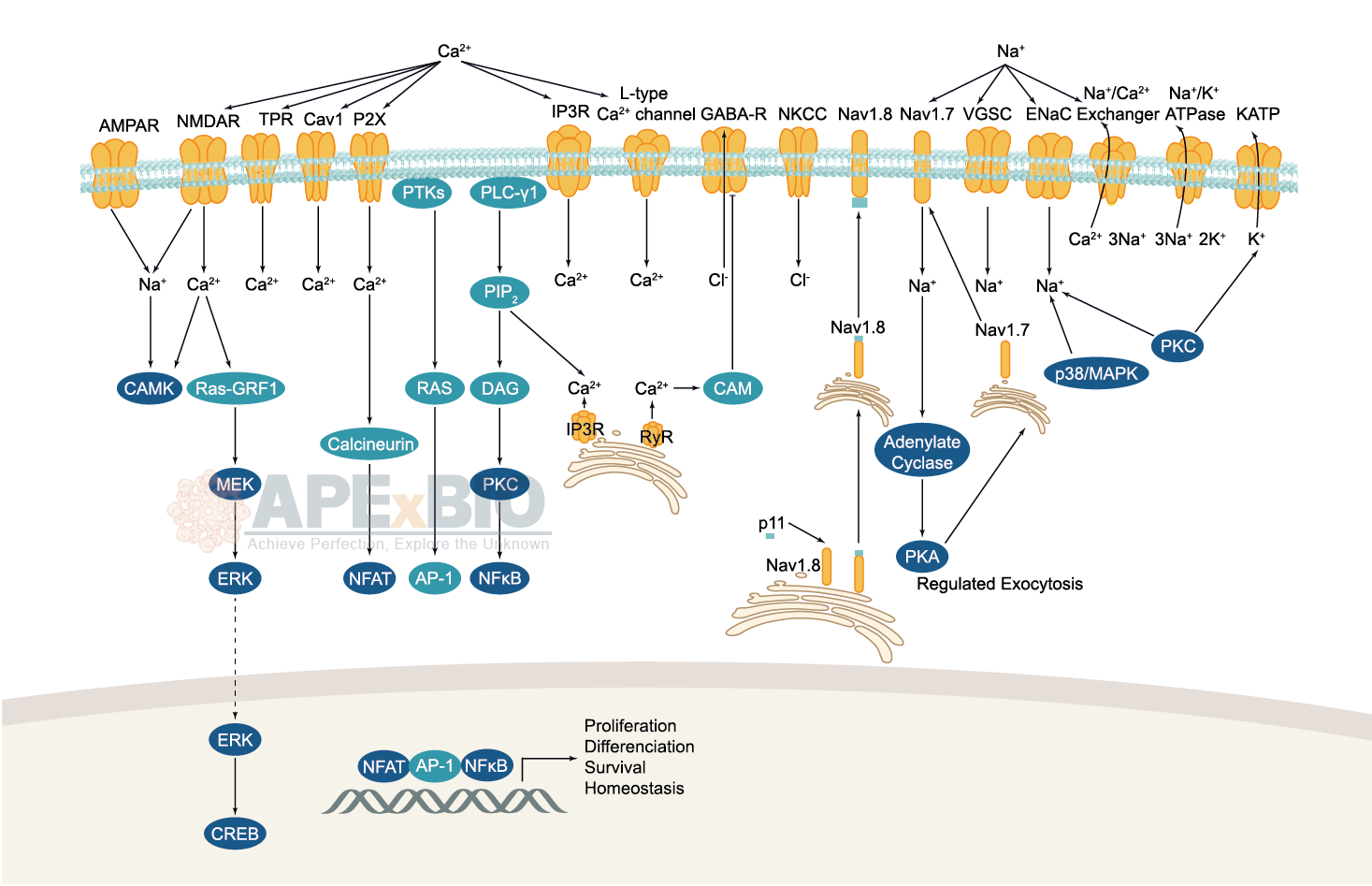

Membrane Transporters mediate the movement of ions and molecules via binding and moving the substance across the membrane. There are two main actions of transporter: facilitated diffusion (passive transport) and active transport. Membrane transporters which bind the hydrolysis of ATP to the transport of target molecules are referred to as ATPases. For instance, Na+,K+-ATPases or Na+,K+-pumps are responsible for the transport of Na+ out of and K+ into cells.
Ion channels are pore-forming membrane proteins which allow the flow of ions across the membrane. The ion channels can be broadly grouped into six families including calcium channels, chloride channels, potassium channels, sodium channels, gap junction proteins and porins. Not all ion channels are gated, such as certain type of K+ and Cl– channels, transient receptor potential superfamily of cation channels, the ryanodine receptors and the IP3 receptors, but most Na+, K+, Ca2+ and some Cl– channels are all gated by voltage. Ligand-gated channels are regulated in response to ligand binding (e.g. neurotransmitters signaling). These ligand-gated neurotransmitter receptors are known as ionotropic receptors. Various neurotransmitters couple to ionotropic receptors such as glutamate, acetylcholine, glycine, GABA, and serotonin.
-
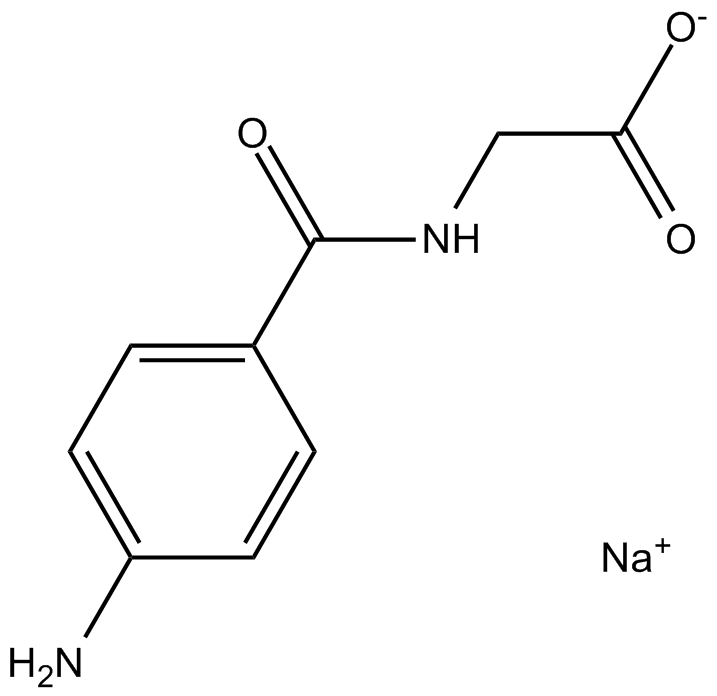 A8523 Sodium 4-amiropparaty HyalrateSummary: Sodium 4-amiropparaty Hyalrate
A8523 Sodium 4-amiropparaty HyalrateSummary: Sodium 4-amiropparaty Hyalrate -
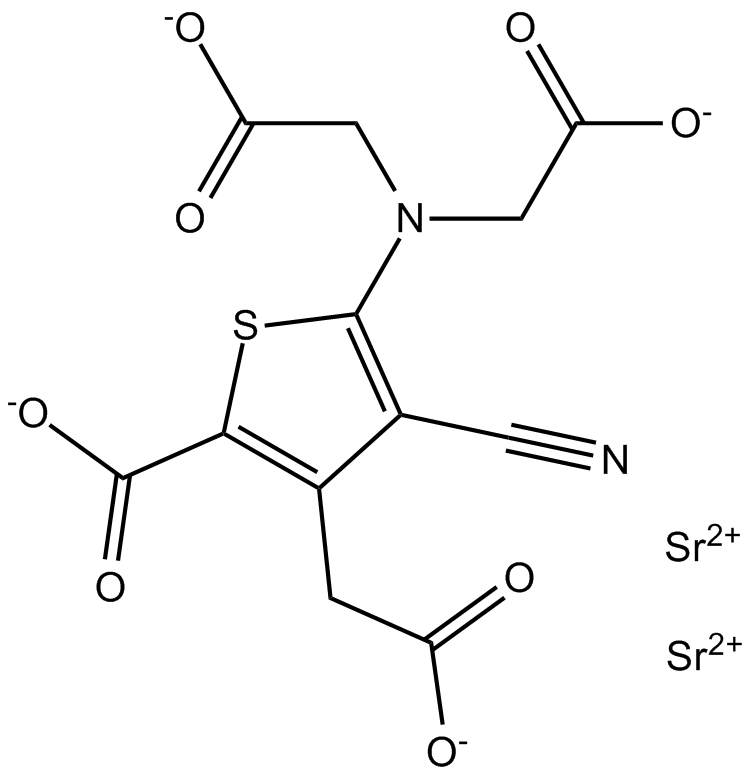 A8526 Strontium RanelateSummary: Calcium Channel activator
A8526 Strontium RanelateSummary: Calcium Channel activator -
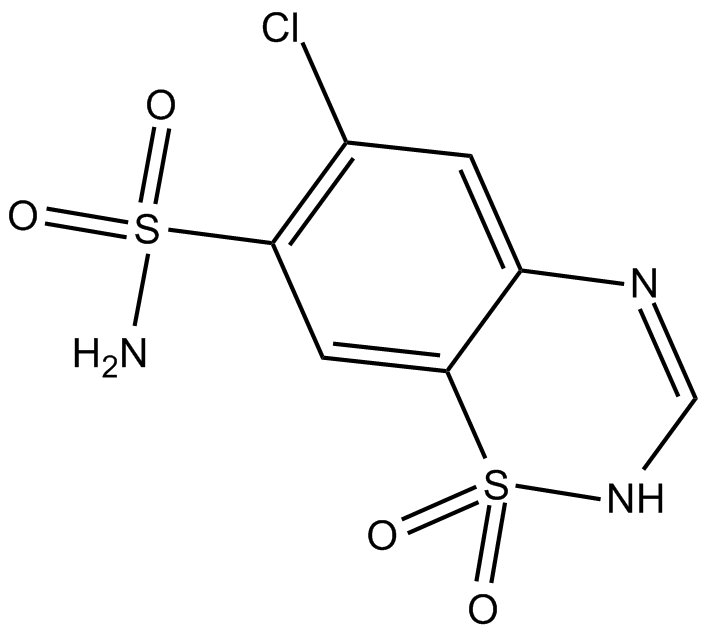 A8397 ChlorothiazideTarget: Carbonic AnhydrasesSummary: Carbonic anhydrase inhibitor
A8397 ChlorothiazideTarget: Carbonic AnhydrasesSummary: Carbonic anhydrase inhibitor -
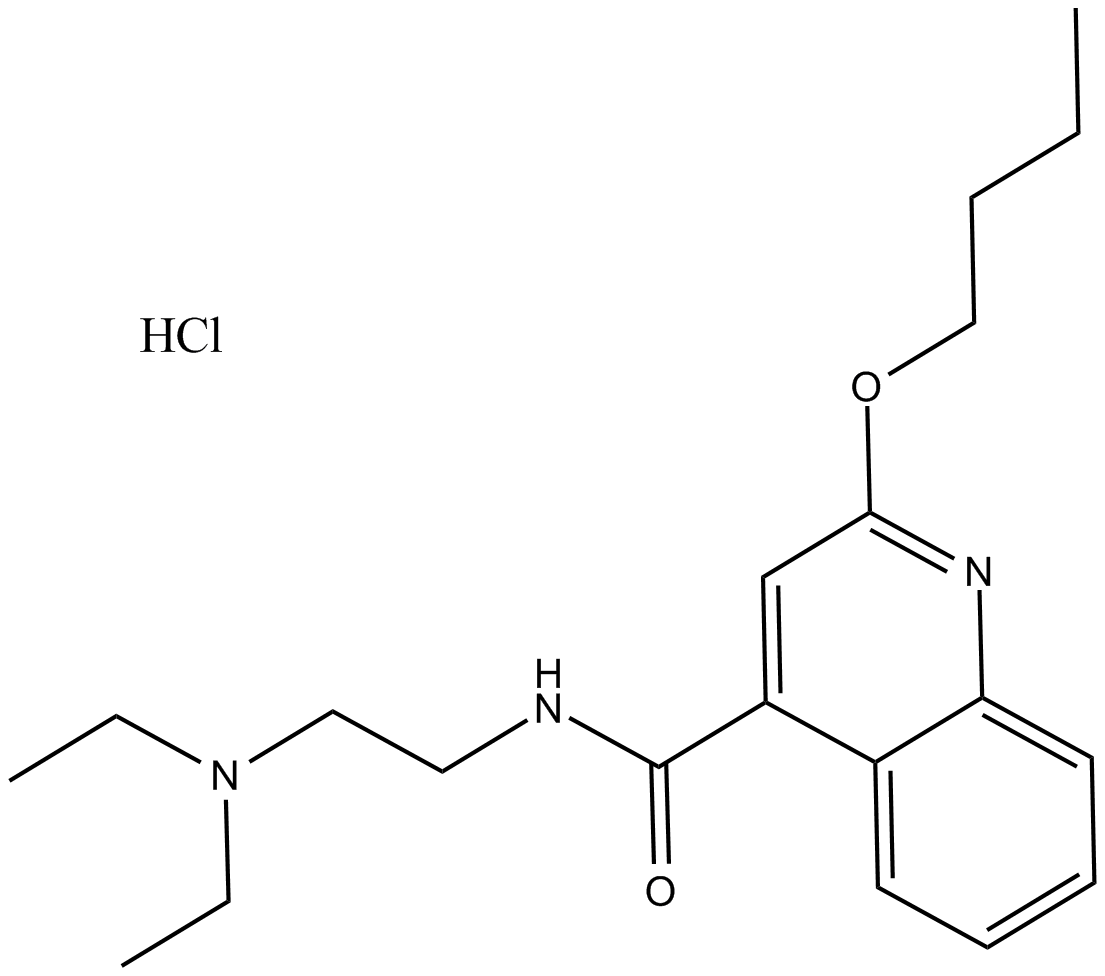 A8407 Dibucaine (Cinchocaine) HClSummary: Sodium channel inhibitor
A8407 Dibucaine (Cinchocaine) HClSummary: Sodium channel inhibitor -
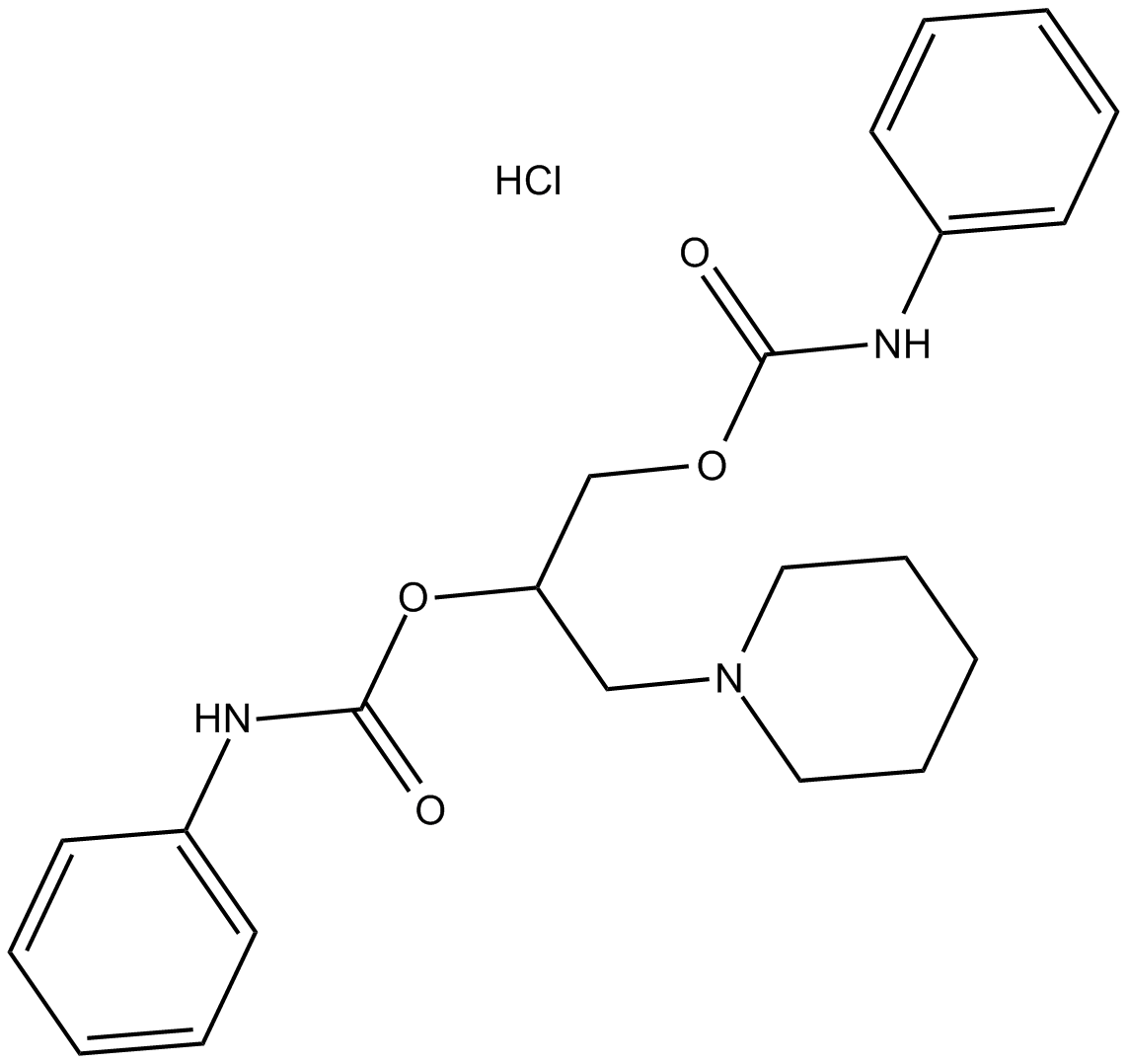 A8413 Diperodon HClSummary: Local anaesthetics
A8413 Diperodon HClSummary: Local anaesthetics -
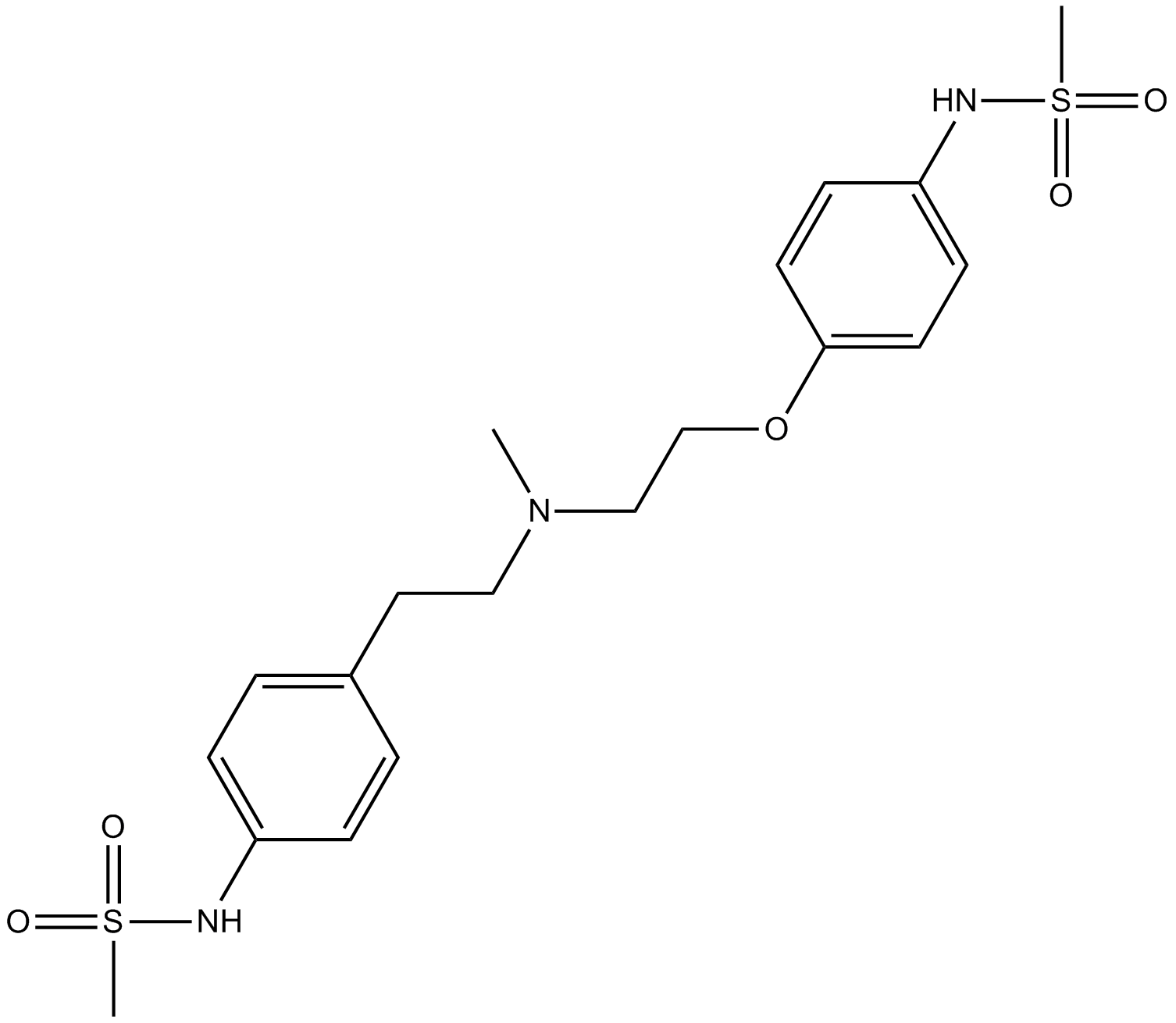 A8417 Dofetilide2 CitationTarget: Delayed rectifier outward potassium current (IKr)Summary: Potassium channel inhibitor
A8417 Dofetilide2 CitationTarget: Delayed rectifier outward potassium current (IKr)Summary: Potassium channel inhibitor -
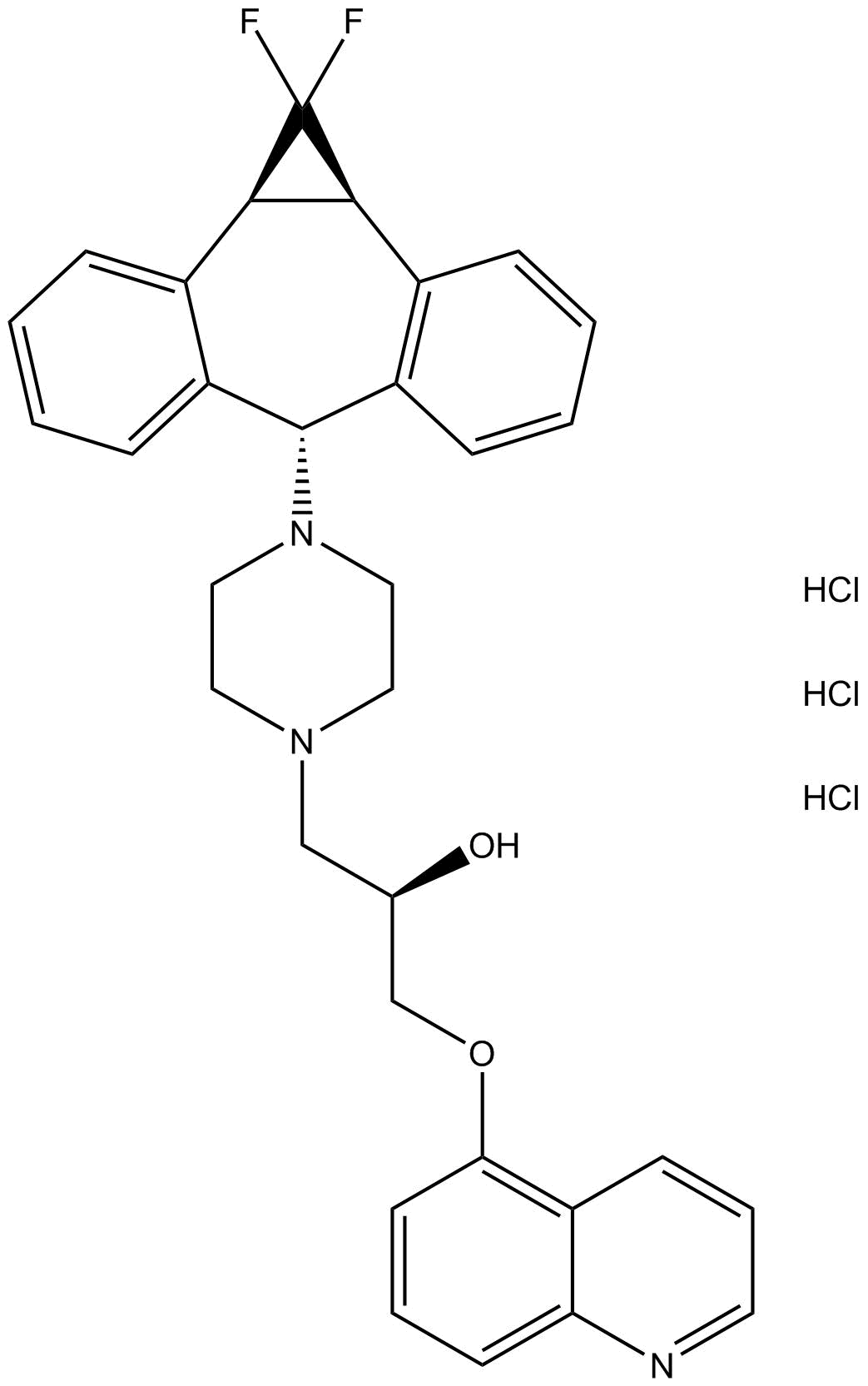 A8549 LY335979 (Zosuquidar 3HCL)1 CitationTarget: P-glycoprotein (P-gp)Summary: Pgp (P-glycoprotein) inhibitor
A8549 LY335979 (Zosuquidar 3HCL)1 CitationTarget: P-glycoprotein (P-gp)Summary: Pgp (P-glycoprotein) inhibitor -
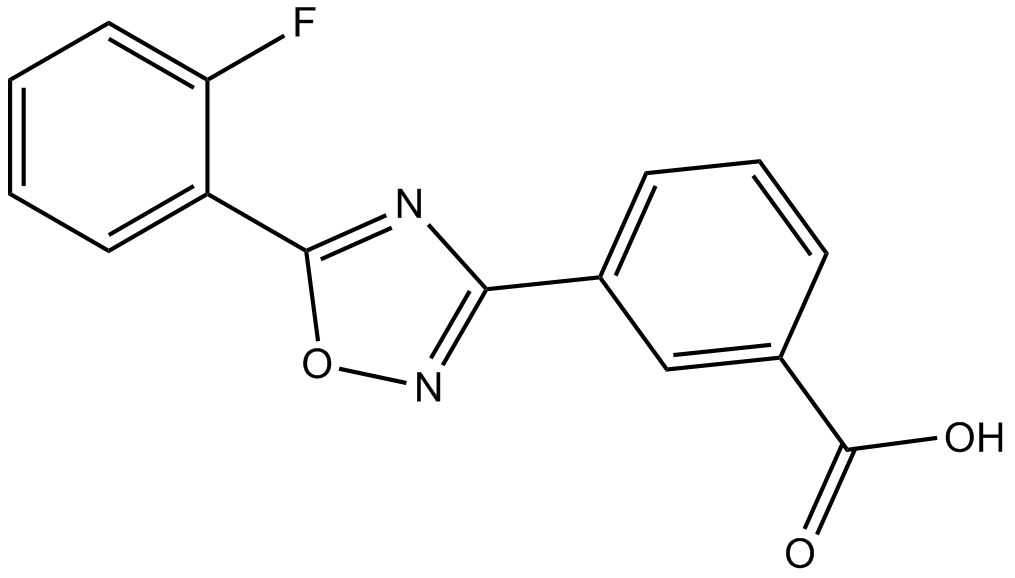 A8553 PTC124 (Ataluren)Summary: CFTR-G542X nonsense allele inhibitor
A8553 PTC124 (Ataluren)Summary: CFTR-G542X nonsense allele inhibitor -
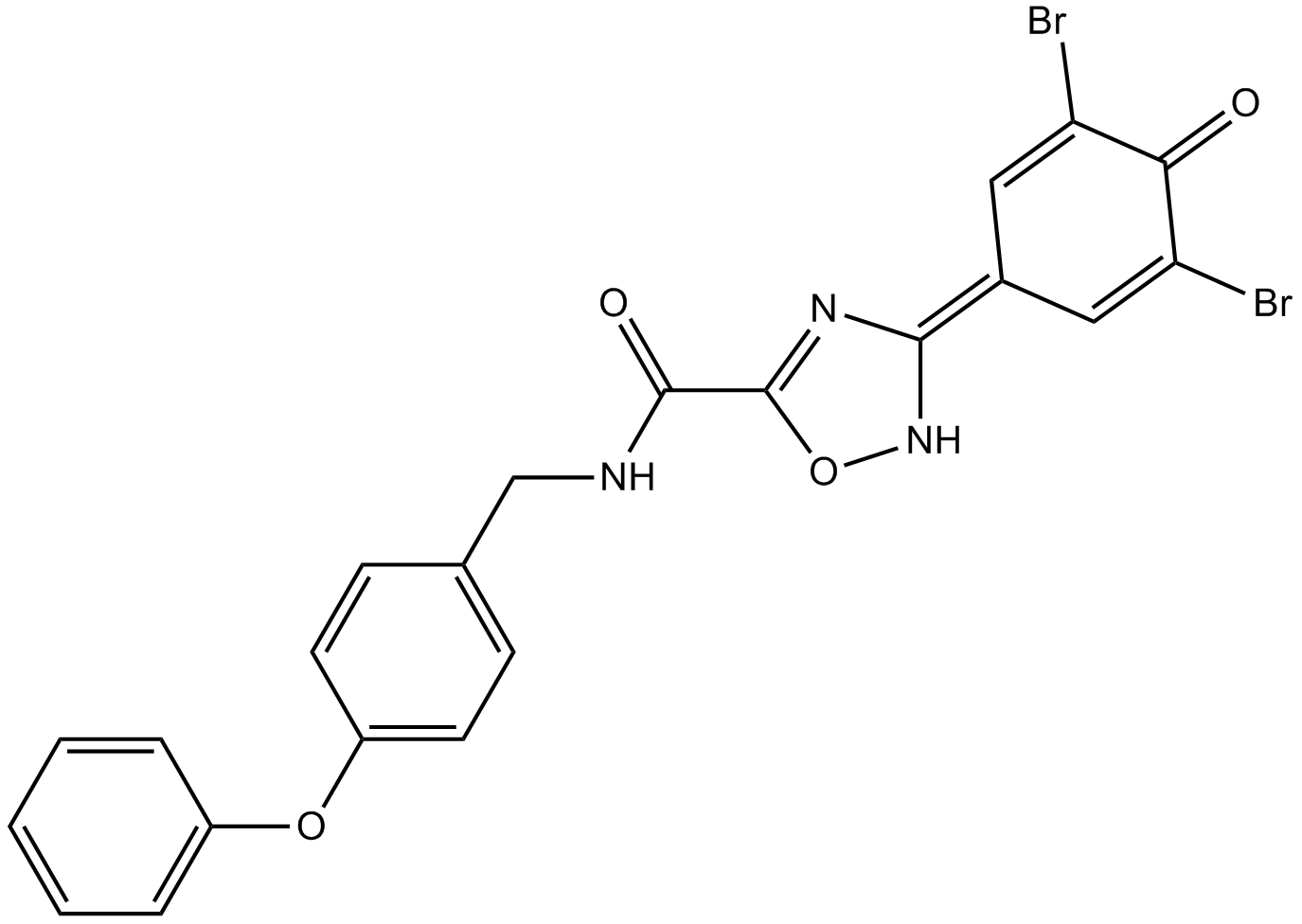 A8637 IOWH-032Target: CFTRSummary: CFTR inhibitor
A8637 IOWH-032Target: CFTRSummary: CFTR inhibitor -
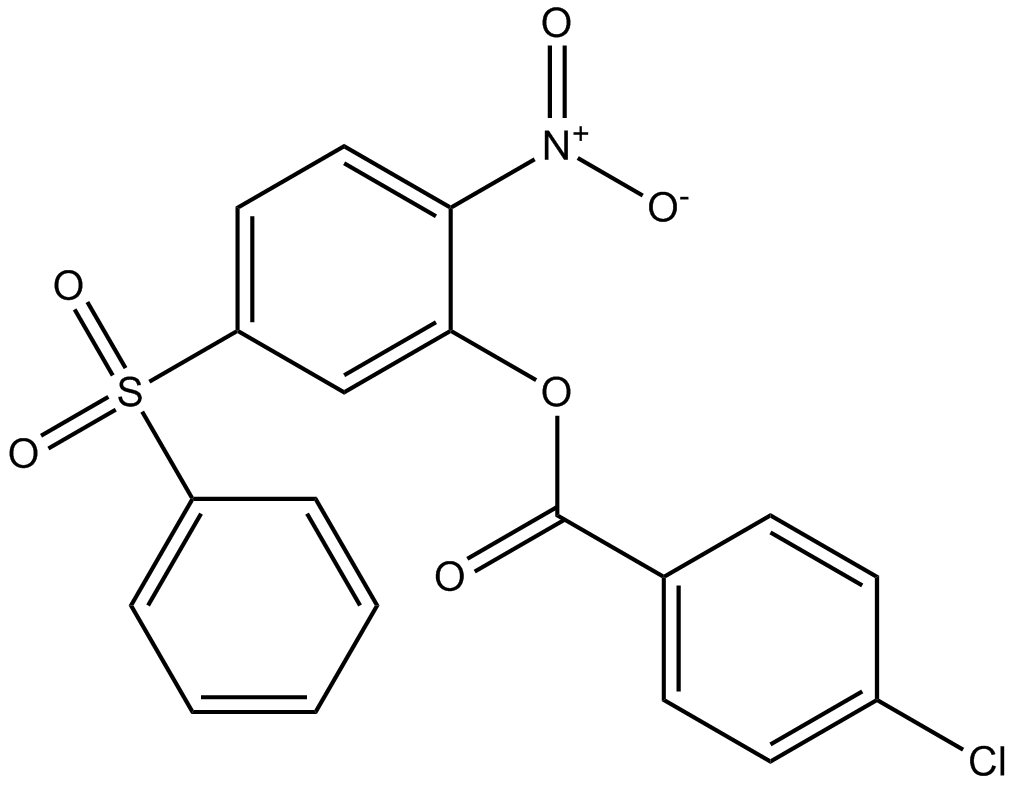 B3041 BTB06584Target: F1 Fo-ATPaseSummary: F1F0 ATP synthases
B3041 BTB06584Target: F1 Fo-ATPaseSummary: F1F0 ATP synthases


